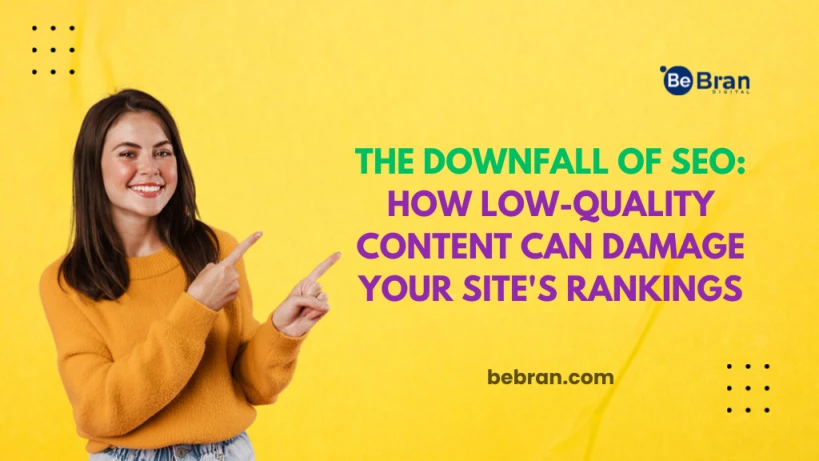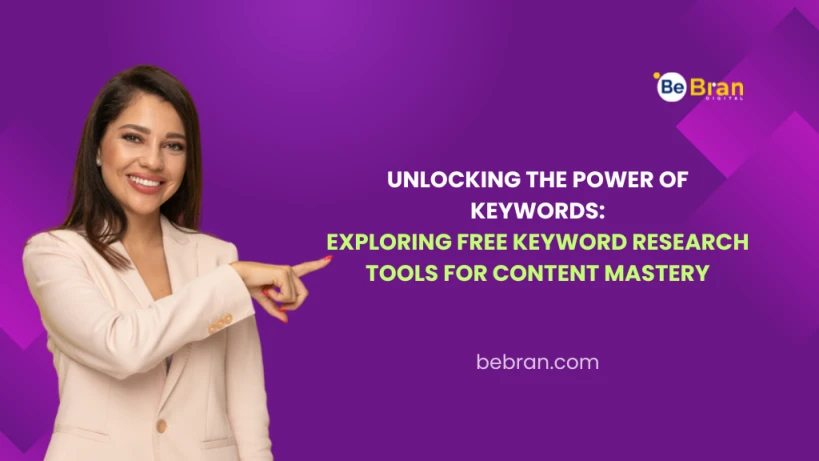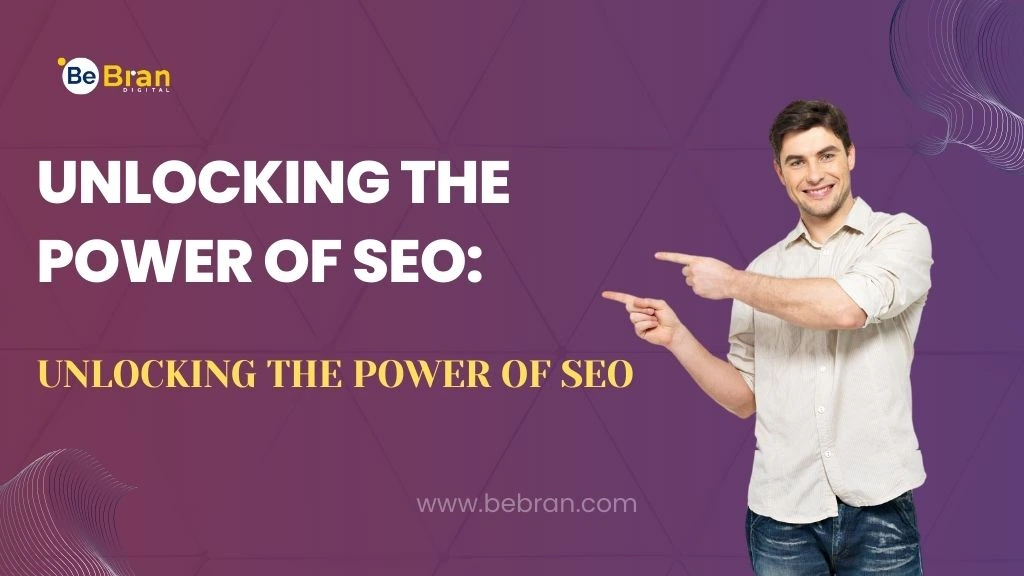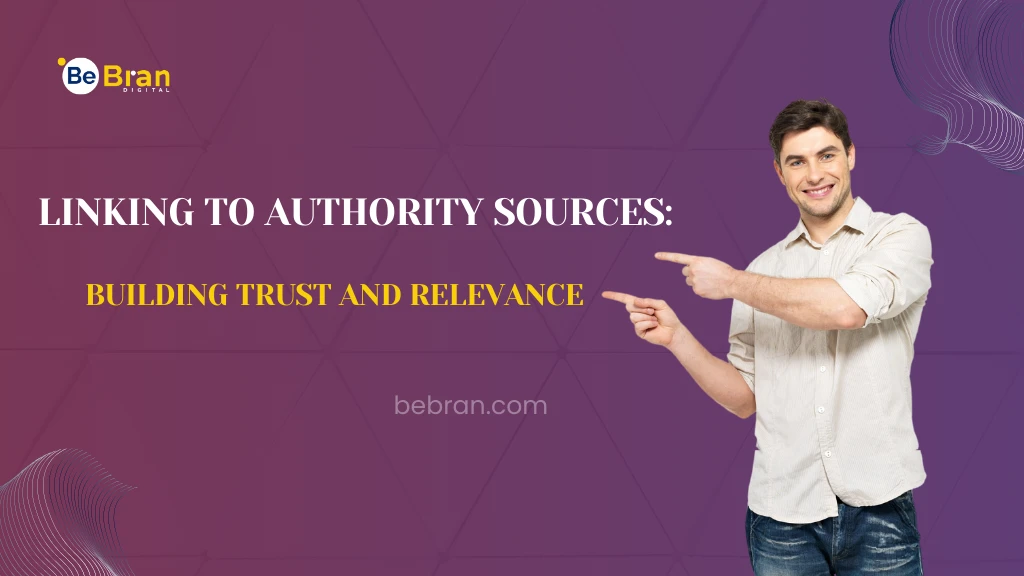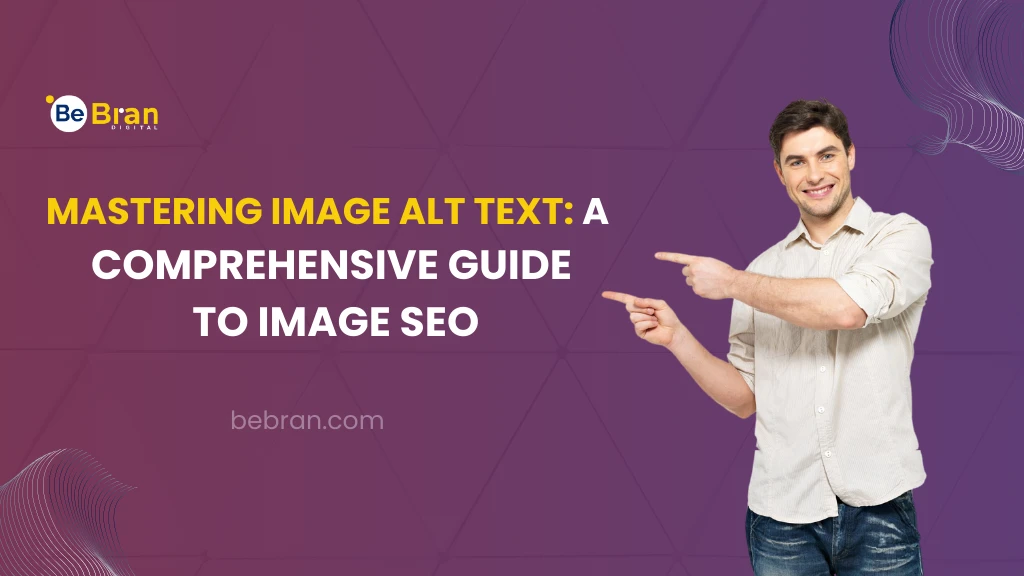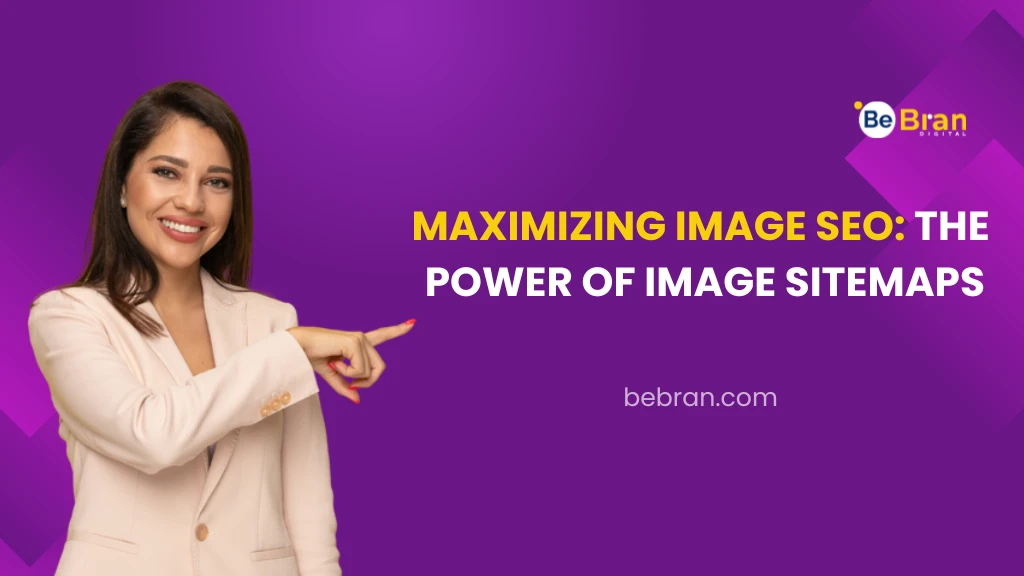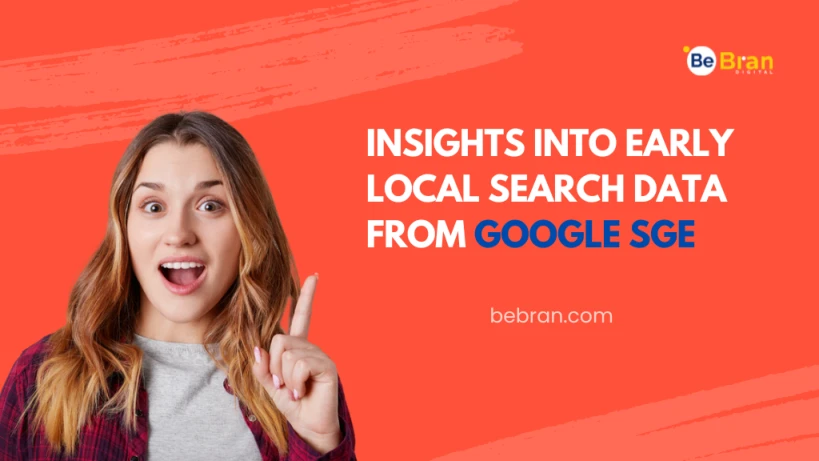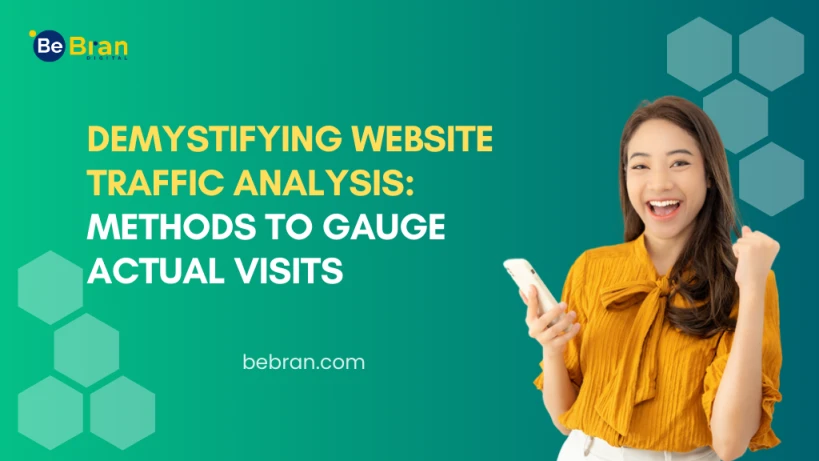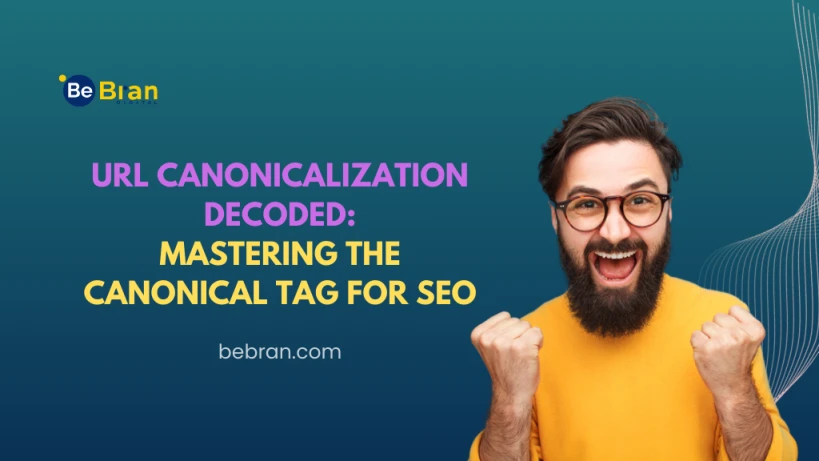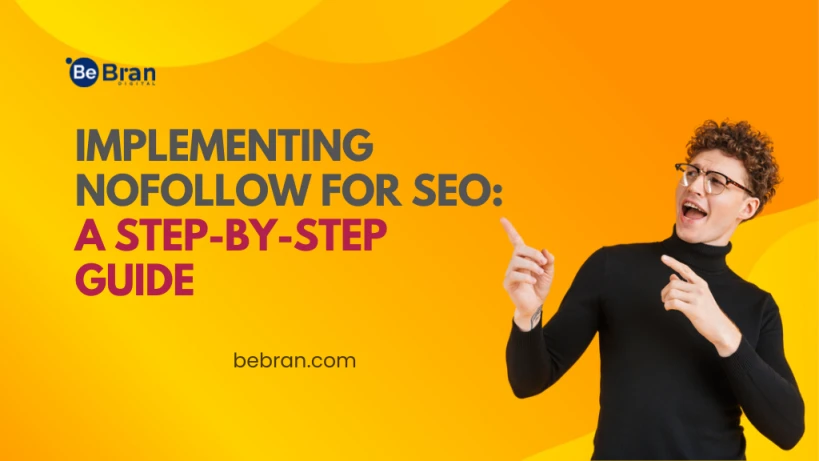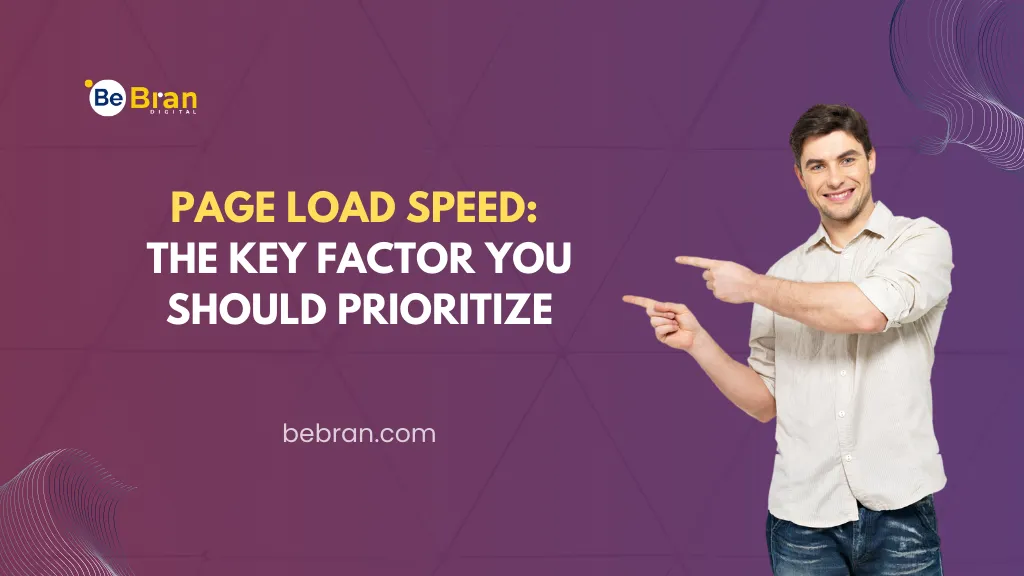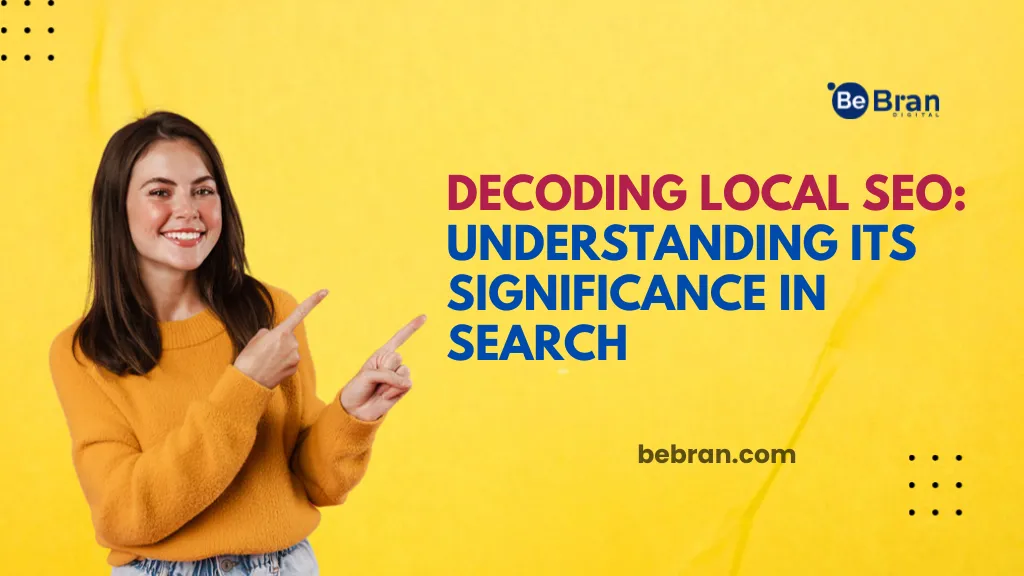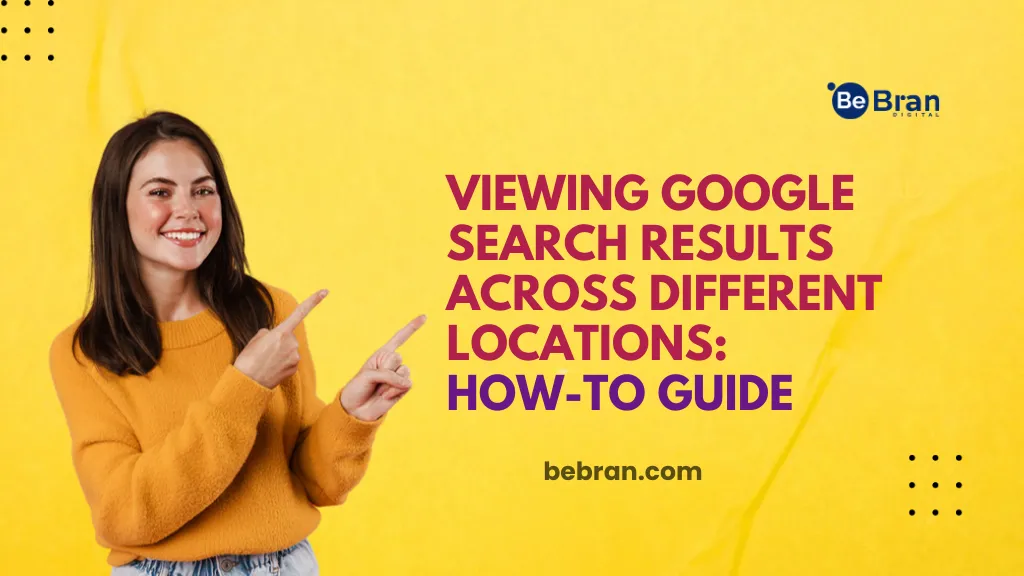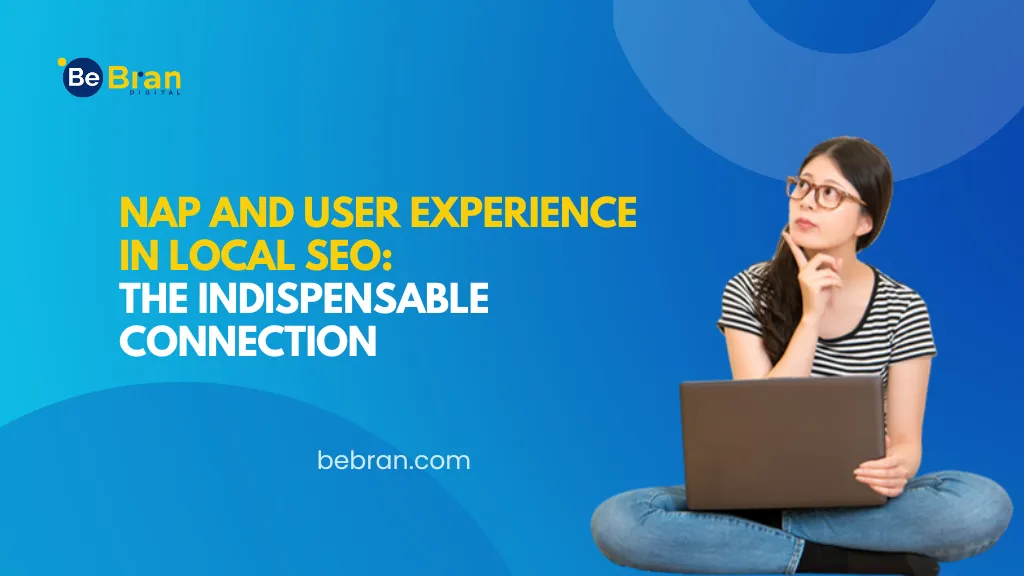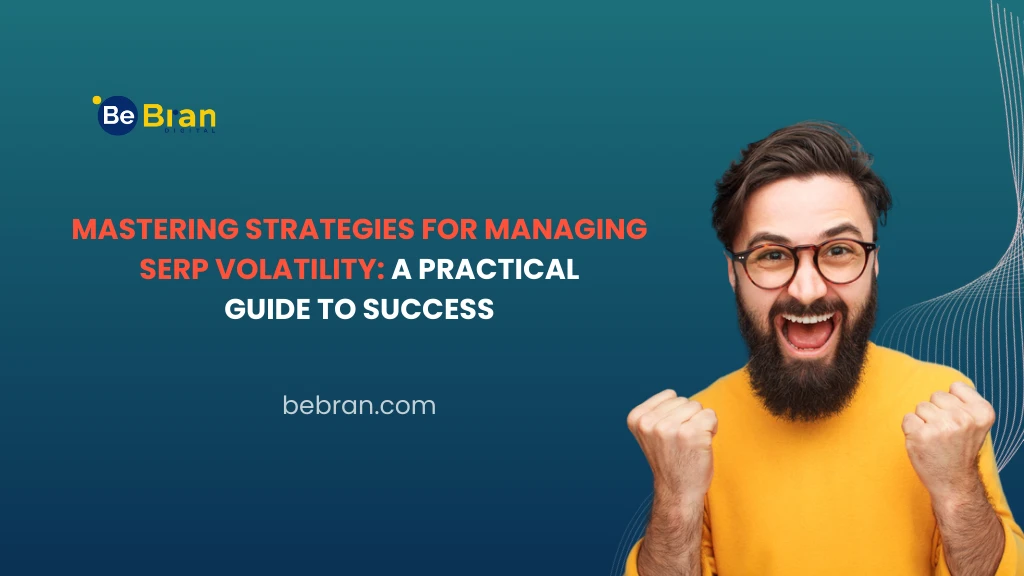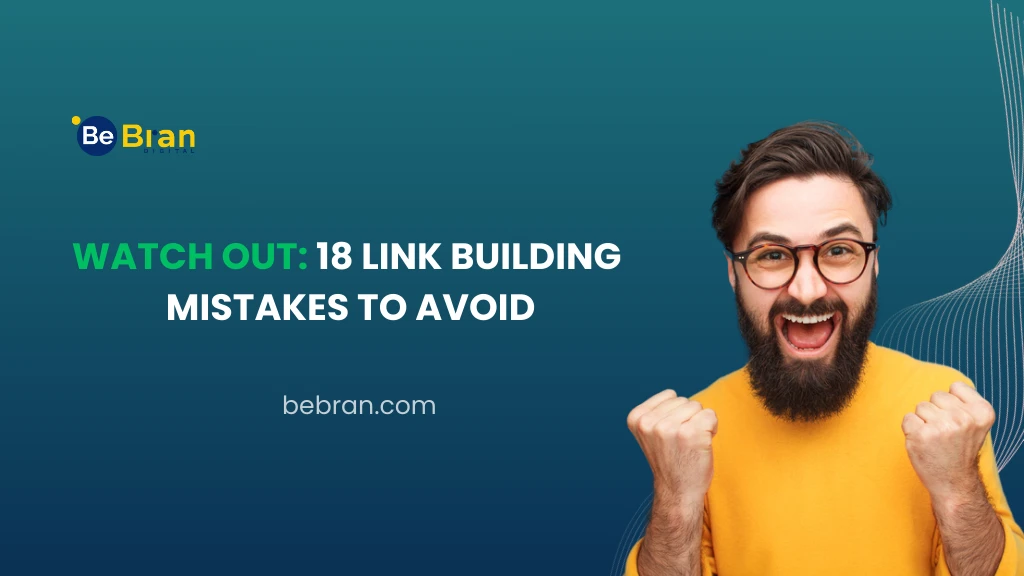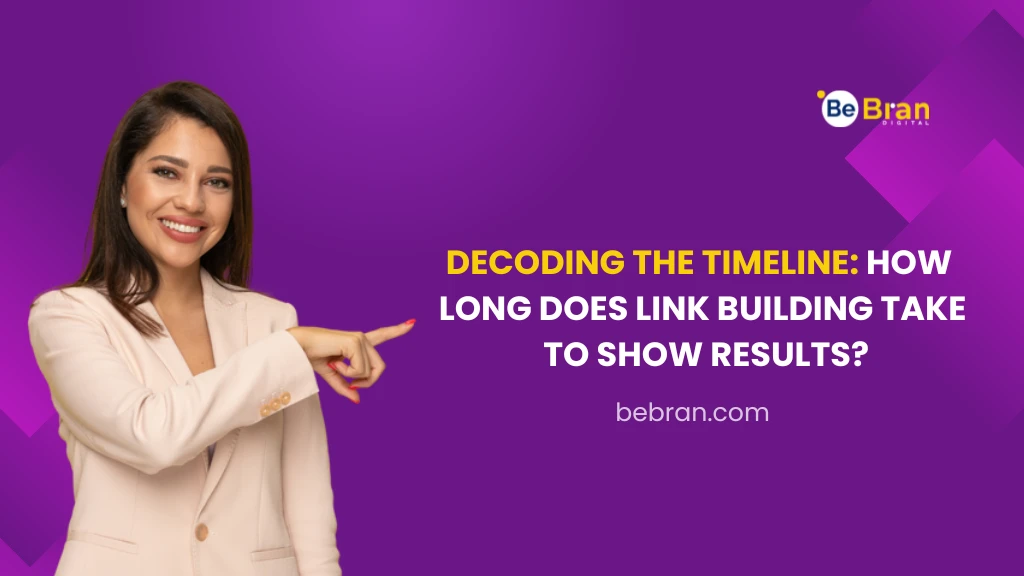
In the realm of digital content, creating valuable, engaging material is just the first step. Ensuring that your content is optimized for search engines is equally crucial. Enter On-Page SEO Factors - the secret sauce that can transform underperforming content into a powerhouse of online visibility. This guide is designed to equip you with the knowledge and strategies needed to evaluate and enhance your content's On-Page SEO. By the end of this journey, you'll be armed with the tools to maximize your content's potential in search engine rankings.
On-page SEO factors pertain to elements within a webpage that influence its search engine visibility. This includes optimizing content, meta tags, URLs, and images. Proper keyword usage, high-quality content, and user-friendly design are key aspects of effective On-Page SEO.
On-page SEO factors refer to elements within a webpage that influence its visibility and ranking on search engine results pages (SERPs).
These factors are crucial for search engines to understand the content's relevance to user queries.

Underperforming content may have great potential but lacks visibility due to poor On-Page SEO optimization. By scrutinizing these factors, you can unlock the full potential of your content and improve its ranking on search engines.
Assessing underperforming content is essential for several reasons:
Overall, assessing underperforming content is a proactive approach to ensuring that a website's content remains relevant, valuable, and effective in achieving its intended goals.
Keyword relevance is a crucial On-Page SEO factor. It involves identifying target keywords, placing them strategically, and ensuring an appropriate keyword density. Additionally, using synonyms and variants of the main keyword helps diversify content and signal relevance to search engines.
This involves researching and selecting specific keywords relevant to the content's topic. Tools like Google Keyword Planner can help identify high-traffic, relevant terms
Keywords should be naturally integrated into content, including titles, headings, and body text. However, it's important to avoid overstuffing, as it can harm user experience and SEO rankings.
Including synonyms and related terms in content provides context and helps capture a wider audience. It also signals to search engines that the content is comprehensive and relevant to various queries. This is a valuable strategy for optimizing On-Page SEO Factors.
Content quality and engagement are crucial On-Page SEO factors that determine how well a webpage resonates with its audience. This involves creating content that not only provides valuable information but also captivates and retains the reader's interest
Readability refers to how easily a reader can understand and consume the content. It involves using clear and straightforward language, avoiding complex jargon, and organizing information into well-structured paragraphs and headings. A smoothly flowing piece ensures that readers can follow the narrative or information effortlessly.
This factor assesses how easily users can read and understand the content. It involves using clear language, concise sentences, and organized paragraphs. Headings and subheadings also improve the content structure, making it more digestible.
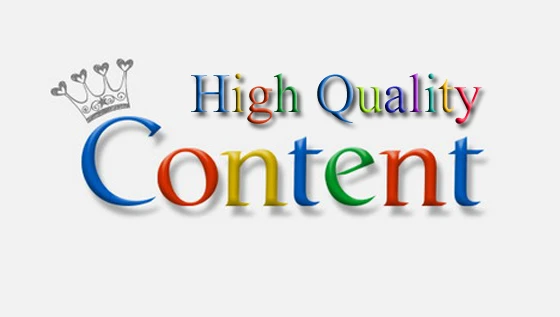
Visual elements play a significant role in engaging users. This includes images, infographics, videos, and other multimedia elements. Visuals break up the text, making it more visually appealing and easier to consume. Alt text for images is important for accessibility and SEO, as it provides a description for those using screen readers or facing slow loading times.
Monitoring user engagement metrics provides insights into how well content resonates with the audience. Metrics include bounce rate (percentage of visitors who leave after viewing one page), time on page, and click-through rate. High engagement indicates valuable, relevant content
User engagement metrics provide insights into how well content is performing. These metrics include:
This On-Page SEO factor emphasizes the importance of creating high-quality, user-friendly content that captivates and retains the audience's interest. It encompasses readability, visual elements, and user interaction metrics for a comprehensive content strategy.
Thus focusing on content quality and engagement involves creating content that is clear, well-structured, visually appealing, and able to hold the reader's attention. Monitoring engagement metrics provides valuable feedback on how well the content is resonating with the target audience, allowing for adjustments and improvements. This ultimately leads to a more effective and user-friendly webpage.
Meta tags and descriptions are crucial elements of On-Page SEO that provide information about a webpage to search engines and users
Meta tags serve several purposes:
To optimize meta tags for SEO, consider the following:
Meta descriptions provide a summary of a page's content. While not a direct ranking factor, they significantly influence click-through rates.
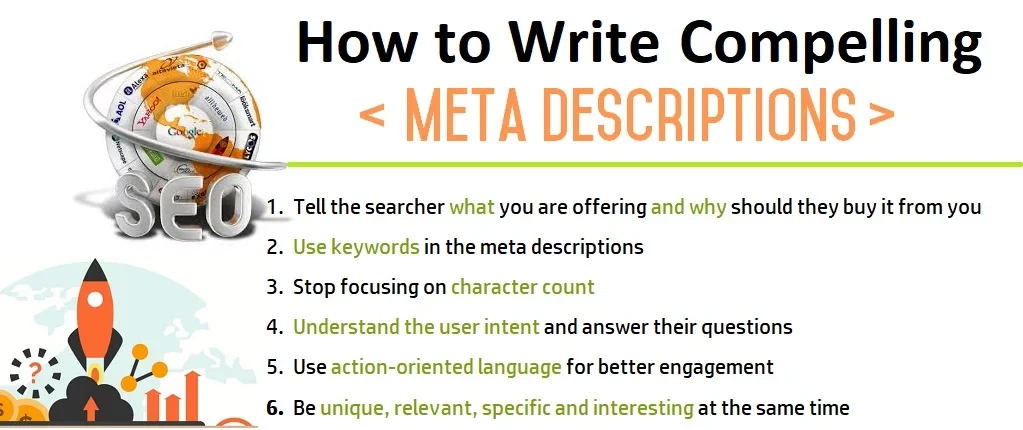
Header tags (H1, H2, H3, etc.) structure content, providing both users and search engines with a hierarchical outline of the page's topics.
Thus, crafting compelling titles, writing persuasive meta descriptions, and utilizing header tags effectively are essential On-Page SEO factors. They play pivotal roles in conveying content's relevance, engaging users, and structuring information for both search engines and readers. By following these best practices, websites can enhance their visibility, user experience, and overall SEO performance.
Internal and external linking are crucial On-Page SEO factors that involve connecting content to other pages, both within and outside the website. This enhances user navigation, provides context, and signals authority to search engines.
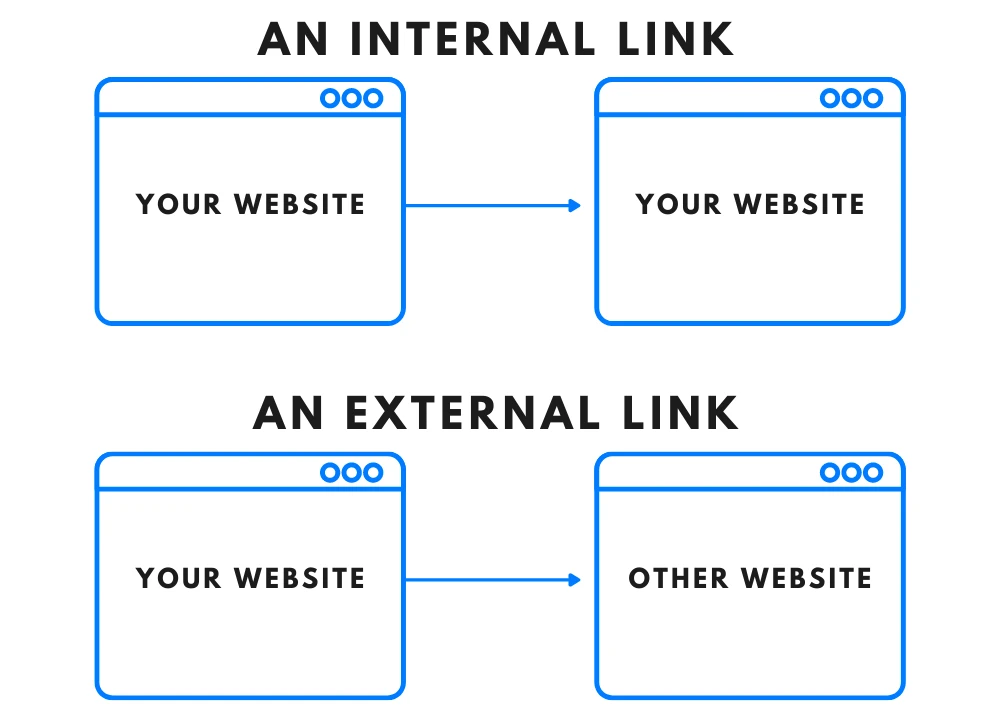
Internal links connect one page on a website to another. They guide users to related content within the same site.
Relevant internal links improve user experience, helping visitors find additional valuable information. They also establish a content hierarchy for search engines.
Use descriptive anchor text, choose contextually relevant pages to link to, and ensure the linked content adds value to the reader's experience.
External links direct users to pages outside the website. They provide authoritative sources or additional information related to the content.
Quality external references build credibility and trust with users. They also signal to search engines that the content is well-researched and supported by reputable sources.
Link to trustworthy and relevant sources. Avoid excessive external linking, as it may dilute the page's authority.
Anchor text is the clickable text in a hyperlink. Optimizing it involves using descriptive and relevant words or phrases that give context to the linked content.
Well-optimized anchor text provides clarity to both users and search engines about the linked page's topic or content.
Use natural language that accurately describes the linked content. Avoid generic terms like "click here" or overly keyword-stuffed text.
So, internal and external linking are pivotal On-Page SEO factors. Relevant internal links improve navigation and content hierarchy, while quality external references build credibility. Anchor text optimization ensures a clear context for both users and search engines. By implementing these practices, websites enhance user experience and signal authority, positively impacting SEO performance.
Page load speed and mobile friendliness are critical On-Page SEO factors. Page speed refers to how quickly a webpage loads, while mobile-friendliness ensures the site functions well on mobile devices, crucial for user experience and search rankings.
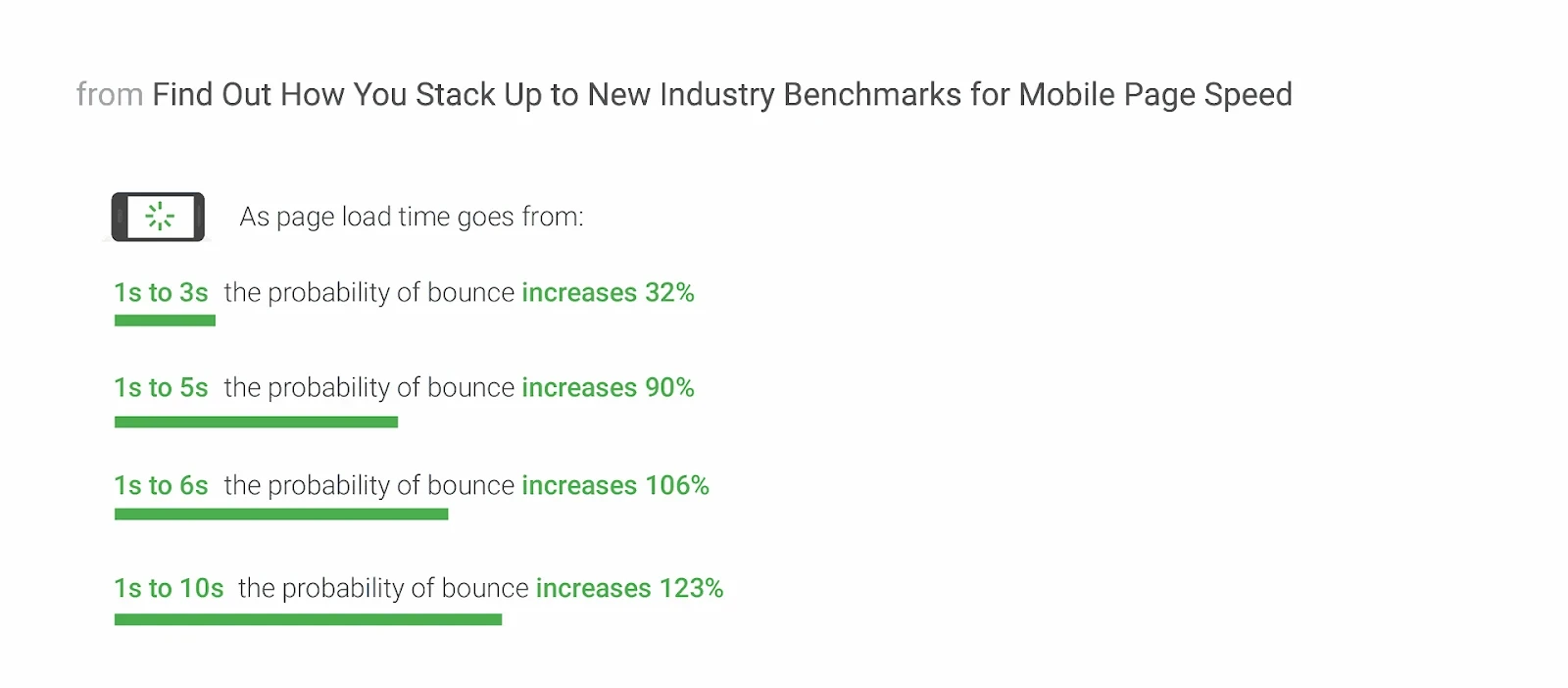
This involves reducing image file sizes, using appropriate formats, and lazy loading techniques to ensure images and media don't slow down page loading.
Optimized images enhance page load speed, benefiting user experience and SEO. They also contribute to mobile-friendliness by reducing data usage.
HTTP requests occur when a browser fetches resources like images, scripts, and stylesheets from a server. Minimizing these requests reduces page load time.
Fewer HTTP requests lead to faster page loading, improving user satisfaction and SEO performance.
A mobile-friendly design ensures a website displays and functions well on various mobile devices, providing an optimal user experience.
With the increasing use of mobile devices, a responsive design is vital for retaining and attracting mobile users, positively impacting both user experience and SEO.

So, optimizing images, minimizing HTTP requests, and ensuring mobile-friendly design is crucial for On-Page SEO. Avoiding common mistakes like unoptimized images and neglecting mobile usability guidelines is essential for maintaining fast load times and a positive user experience, ultimately enhancing search rankings.
Optimizing On-Page SEO factors is akin to giving your content a megaphone in the crowded digital space. By meticulously examining and enhancing elements like keyword usage, content quality, meta tags, and more, you're not just elevating its visibility, but also providing a better experience for your audience. Remember, it's a dynamic process; periodic assessments and adjustments are key. With a solid grasp of these On-Page SEO fundamentals, your content is poised for greater reach and impact.
1. What are On-Page SEO Factors, and why are they important?
On-page SEO Factors refer to elements within a webpage that influence its visibility and ranking on search engine results pages (SERPs). They are crucial for search engines to understand the content's relevance to user queries, ultimately impacting its visibility.
2. Why is it important to assess underperforming content for On-Page SEO factors?
Underperforming content may have great potential but lacks visibility due to poor On-Page SEO optimization. By scrutinizing these factors, you can unlock the full potential of your content and improve its ranking on search engines.
3. How can I identify target keywords for content optimization?
You can use tools like Google Keyword Planner or other keyword research tools to research and select keywords that align with the content's theme and user search intent.
4. What is the recommended keyword density for On-Page SEO optimization?
A keyword density of 1-1.5% is recommended to maintain balanced optimization. This means using the target keyword naturally within the content without overstuffing.
5. How can I evaluate content quality and engagement for On-Page SEO optimization?
You can evaluate the readability, flow, and visual appeal of the content. Additionally, monitor user engagement metrics like bounce rate, time on page, and click-through rate to gauge user interaction with the content.
6. What are some best practices for crafting compelling meta titles and descriptions?
Craft descriptive, engaging titles that accurately represent the content. Include relevant keywords naturally. Meta descriptions should provide a concise summary of the content, enticing users to click.
7. How do header tags contribute to On-Page SEO optimization?
Header tags help organize content with an appropriate hierarchy. They assist search engines in understanding the structure of the content, which can positively impact visibility in search results.
8. How often should I assess and adjust On-Page SEO factors for my content?
It's advisable to perform regular assessments of On-Page SEO factors, especially when you notice fluctuations in rankings or changes in search engine algorithms. Keeping content optimization up-to-date is crucial for maintaining visibility.




